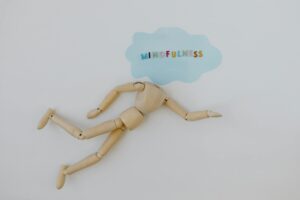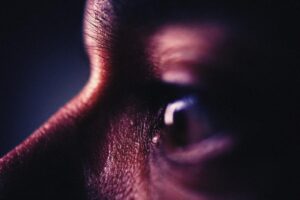The integration of psychedelics and artistic expression has yielded some of the most memorable and intriguing works of art, and the study of this relationship is no exception. When examining the relationship between psychedelics and art therapy, it is important to investigate the potential benefits and uses of this unconventional treatment approach. Can psychedelics, when administered thoughtfully and judiciously, complement Expressive Arts Therapy in helping individuals cope with a wide range of mental health issues and addiction recovery, and foster personal growth and self-discovery?
Trials and studies have shown the positive impact of psychedelic-assisted psychotherapy on mental health issues like depression, anxiety, and PTSD, as well as addiction. Incorporating these substances into art therapy could offer similar positive outcomes in a controlled and supportive environment. This article explores the role of psychedelics in art therapy and the potential impacts on mental health and addiction recovery.
Historically, the use of psychedelics dates back to ancient times, with indigenous cultures utilizing substances like ayahuasca, peyote, and psilocybin mushrooms as part of spiritual and healing rituals. As a form of therapy, the relationship between psychedelics, mental health, and artistic expression was first studied in the mid-20th century, but dwindled due to the substances’ subsequent prohibition. Recent years, however, have seen a resurgence of interest and research in psychedelics’ potential therapeutic benefits, opening up new possibilities for their use in both mental health treatment and creative exploration.
Psychedelic substances have been found to help people access a unique mental space, allowing for unparalleled introspection, creativity, and self-discovery. Studies suggest that psychedelics can help dissolve barriers between the conscious and unconscious mind, giving individuals the opportunity to confront unresolved emotions and past traumas, and to discover and explore new aspects of themselves. As such, psychedelics can act as catalysts for the healing process.
In the specific context of art therapy, psychedelics can potentially enhance the therapeutic benefits of creative expression. Art therapy is an established and respected form of psychotherapy that utilizes visual, literary, and performing arts in a therapeutic setting. It is often employed to help individuals struggling with mental health issues like depression, anxiety, and trauma, as well as those seeking personal growth and self-discovery. As a nonverbal medium, art therapy provides an accessible platform for communication and self-expression, allowing people to engage with their feelings more directly than in traditional talk therapy.
As many art therapy sessions focus on the process of creating rather than the end result, the addition of psychedelics could help individuals break through mental barriers and further tap into their own creativity. Research suggests that psychedelic experiences can help encourage divergent thinking, leading to novel, innovative solutions and ideas. In essence, psychedelics may help unlock an individual’s creative potential, making the creative process more fulfilling and productive.
The potential for psychedelics to facilitate personal growth, emotional healing, and creative exploration is especially relevant for individuals struggling with addiction. Studies have indicated that psychedelics can be effective in promoting long-lasting addiction recovery by helping individuals address the underlying psychological and emotional issues that fueled their substance use in the first place; using their newfound self-awareness to build healthier coping mechanisms and change destructive thought patterns. As part of an art therapy program, psychedelics may provide additional support for those in addiction recovery, deepening their connection to their own creativity and fostering meaningful change.
In conclusion, the integration of psychedelics into art therapy has the potential to significantly enhance the therapeutic benefits for individuals seeking personal growth, mental health support, and addiction recovery. While more research is needed to fully understand the extent of these benefits and the best practices for creating safe and effective environments for psychedelic-assisted art therapy, the blossoming field of psychedelic research opens the door for new and innovative treatment approaches that hold great promise for countless individuals seeking healing, self-discovery, and creative transformation.





